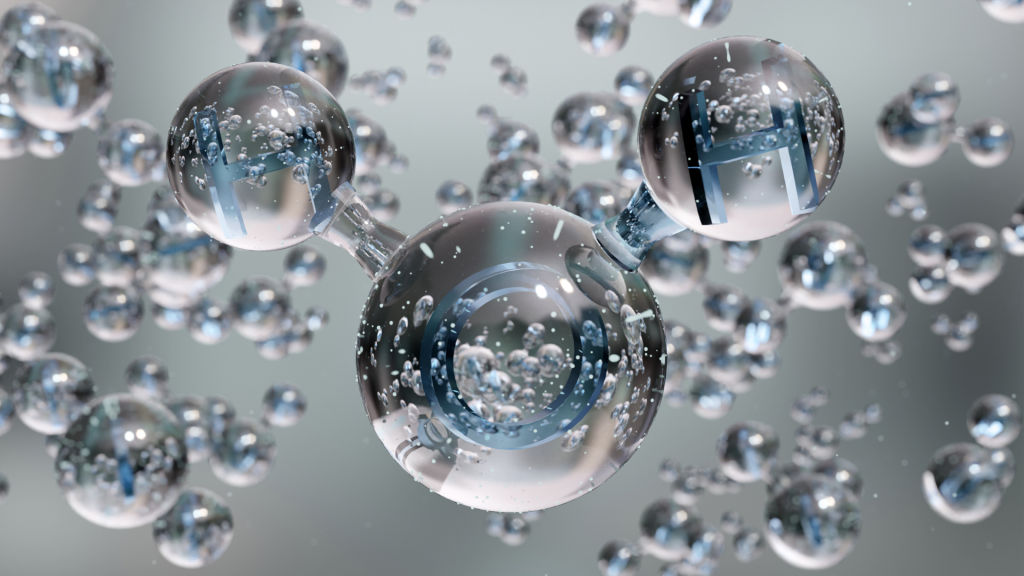
The hydrogen bonds that form water molecules are responsible for the many properties that make water a unique liquid. However, even today scientists don’t fully understand the science behind these bonds.
This is because these H-bonds have a very short lifetime as they constantly form and break due to the motion of water molecules.
For instance, the typical lifetime of a hydrogen bond in liquid water is one millionth of a millionth of a second. This dynamic behavior makes it difficult to capture and study their interactions accurately.
However, researchers at the Swiss Federal Institute of Technology Lausanne (EPFL) claim to have developed a new method that can allow scientists to study the electronic and nuclear quantum effects of liquid water’s hydrogen bonds in depth.
This new method called correlated vibrational spectroscopy (CVS), can finally reveal what factors make the hydrogen-bond networks in water such a strong and mysterious force.
Understanding H-bond through CVS
Not all water molecules are involved in hydrogen-bond network interactions. CVS first identifies and separates the interacting and no-interacting molecules. This is done by shooting ultra-fast laser pulses on water molecules.
These quick bursts of light create tiny movements in the water’s atoms, which then emit visible light. The pattern of this light reveals how the molecules are arranged, and the color of the light shows how the atoms inside and between the molecules are moving.
“Current spectroscopy methods measure the scattering of laser light caused by the vibrations of all molecules in a system, so you have to guess or assume that what you are seeing is due to the molecular interaction you’re interested in,” Sylvie Roke, one of the study authors and a professor at EPFL, said.
However, in the case of CVS, different types of water molecules exhibit different vibrational patterns. These distinct patterns reveal how a particular molecule moves along H-bonds — allowing researchers to directly measure things like how much charge is shared between the hydrogen and oxygen atoms that form the H-bonds and how strong the bonds are.
“This charge-sharing is a key feature of the three-dimensional ‘H-bond’ network that gives liquid water its unique properties, but quantum phenomena at the heart of such networks have thus far been understood only through theoretical simulations,” the study authors note.
For the first time, scientists have an experimental method to investigate this phenomenon and various other aspects of the H-bond in liquid water.
The use of CVS goes beyond water
Correlated vibrational spectroscopy (CVS) enables scientists to study changes water molecules experience on a quantum scale. For instance, it is already known that when OH⁻ (hydroxide) ions are added to water, it becomes basic, and the addition of protons makes water acidic.
“With CVS, we can now quantify exactly how much extra charge hydroxide ions donate to H-bond networks (8%), and how much charge protons accept from it (4%) – precise measurements that could never have been done experimentally before,” Mischa Flór, first author of the study, and a doctoral student at EPFL, said.
However, CVS isn’t just limited to revealing the details of H-bond networks in water molecules. The study authors suggest that it can also be used to study other chemicals at the molecular scale.
Hopefully, in the future, CVS will help scientists unravel many mysteries associated with other liquids as well as other chemical and physical systems.
The study is published in the journal Science.
EMEA Tribune is not involved in this news article, it is taken from our partners and or from the News Agencies. Copyright and Credit go to the News Agencies, email news@emeatribune.com Follow our WhatsApp verified Channel




